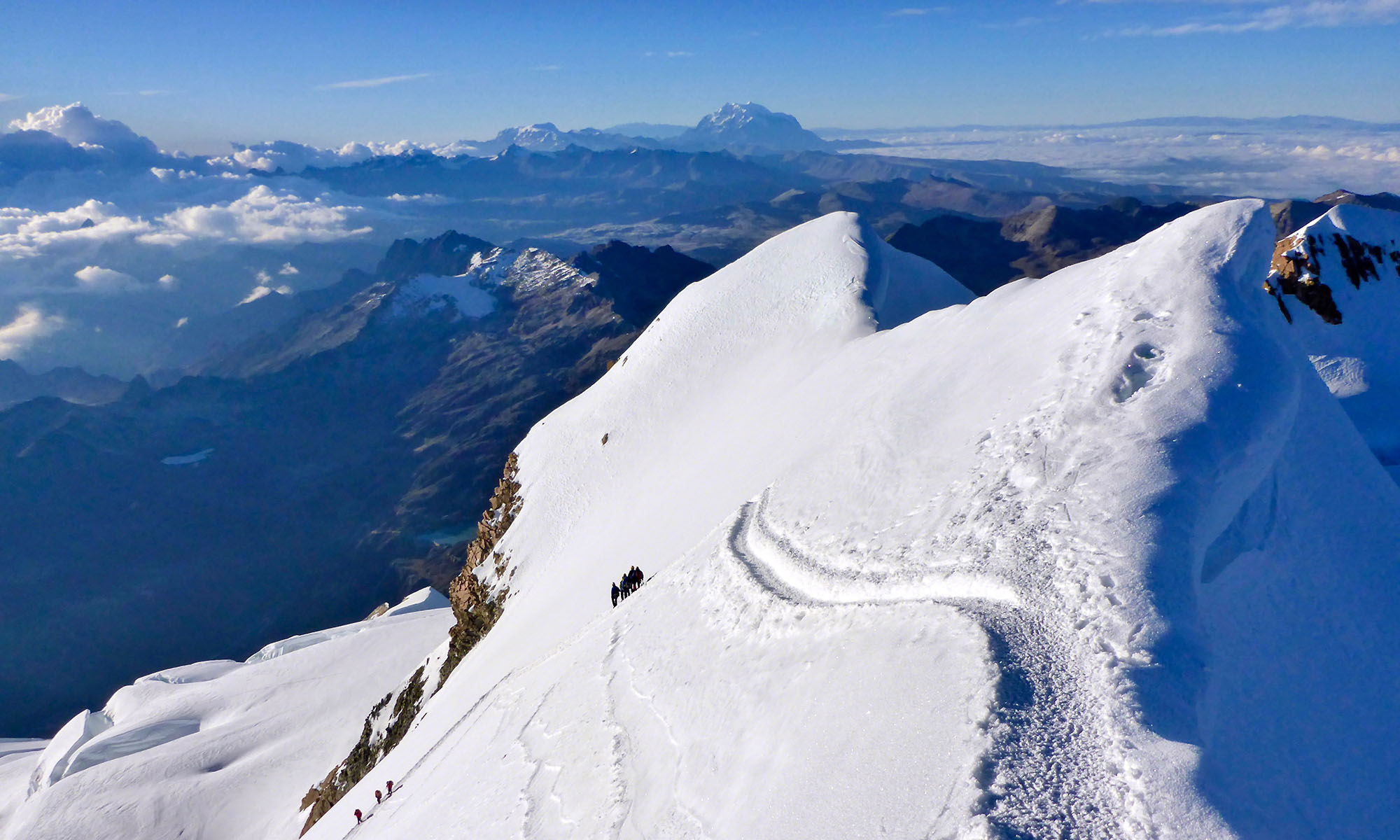Bolivia is known for being a country of extremes – the highest capital, the wildest jungle, some of the poorest people, the most indigenous population. We got to experience the largest salt flats, our highest mountain climb, our longest downhill bike descent, but we enjoyed the people just as much as any of that.
First off, it’s the first country where the Spanish spoken there was even close to the Spanish I grew up learning (Chilean and Argentine Spanish is very different). Plus it seemed like Bolivians really wanted to communicate, even if my Spanish wasn’t great and Spanish was probably their second language (Quechua is many people’s primary language), so many strangers went out of their way to communicate with us.
After the salt flats and the silver mine, we made our way to Sucre. Sucre is known as The White City because of it’s gorgeous all white colonial architecture.
As soon as you arrive there, it’s feels like you’re at home there. It’s smaller and calmer than the addictive, high altitude madness of La Paz. I wish we could have stayed there longer. Sucre is known for language tourism now – so you go there to take Spanish classes or lessons, and they’re super cheap.
We laid low most of the time in Sucre, just wandering the city, or getting our 14 Boliviano (less than $2) lunches at the market and talking to the people selling produce, cakes and meat.
We did go on one hike there. It was a bit of a failed hike… after taking a public minibus to the end of the line, we followed directions from some kids playing in the dirt. We ended up seeing a really cool canyon and some small waterfalls, but we later learned that either we didn’t go far enough or went the wrong direction and missed the seven waterfalls we were supposed to see.
After Sucre, we made the overnight bus ride to La Paz that goes through 16,000 ft mountain passes. Sleep was pretty much hopeless at that altitude and on those turns. So we arrived in La Paz a bit disoriented, blurry eyed and out of breath (from the altitude), but managed to find a hostel pretty quickly. We noticed a lot of excitement going on outside our hostel and set off to explore what was going on. We quickly found ourselves in the middle of a parade. But this isn’t your standard American 8am-11am parade… no… this is an all out, put Mardi Gras to shame, all-day-all-night parade. And we were there just in time to get a seat.
The costumes were unbelievable. The music was infectious. We were sucked into the spirit of Gran Poder immediately.
We hung out with new Bolivian friends and celebrated until late in the evening, but we bowed out well before the festivities ended around 3am.
Because Bolivia has the highest percentage of indigenous people and many continue living out their traditions, the clothing in Bolivia is very striking. First off, HATS! Hats, hats and more hats. Of all shapes and sizes, but my favorites were the bowler style hats worn by women on the very tip top of their heads.
We spent one of our days in La Paz being typical tourists and did a bike trip down “The Deadliest Road in the World”. While it is still the same dirt and rock road with hairpin turns and steep drop-offs of thousands of feet, it’s much less dangerous now because most traffic takes the new road, at least that what I tell myself as we ride down. It’s the 18-wheelers and crazy drivers, combined with the roads characteristics that made it truly the deadliest road. Now it’s slightly safer, but as beautiful as ever. We went with a group of about five others for a 64km downhill ride and “survived.”
And of course we spent some time browsing through the Witches Market. You read that right, a market for witches. Need a remedy for that rash? A good luck charm to help to find the love of your life? This little block of stores selling all kinds of herbs, oils and amulets and… llama fetuses. Yep dried unborn baby llamas; from little tiny to practically huge. The llamas are used by locals to bring good luck to their home, by burning them and burring the ashes under their house.
And before we left La Paz we tackled Huayna Potosí.











































































































































































